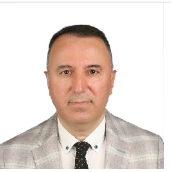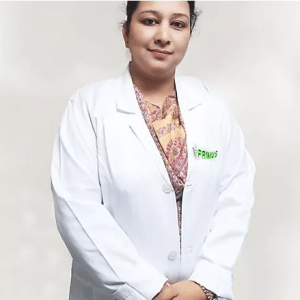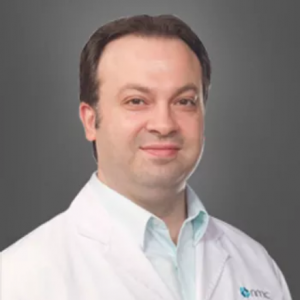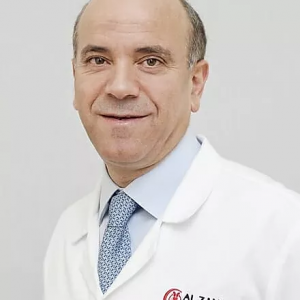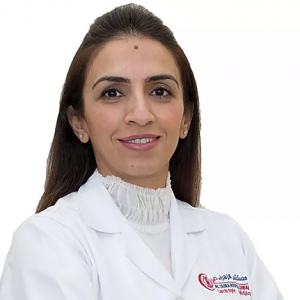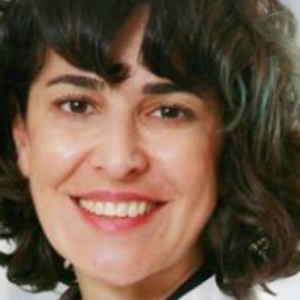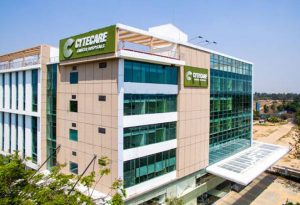Bilateral Fibroadenoma
What is a fibroadenoma? A fibroadenoma is a non-cancerous breast lump that is benign. It happens most often to women between the ages of 15-35, but it can still occur at any age. The lump does not cause any pain; it is firm, smooth, rubbery, and rounded in shape. It may feel like a marble… Read More
Top Doctors For Bilateral Fibroadenoma Treatments
Top Hospitals For Bilateral Fibroadenoma Treatments
Bilateral Fibroadenoma
What is a fibroadenoma?
A fibroadenoma is a non-cancerous breast lump that is benign. It happens most often to women between the ages of 15-35, but it can still occur at any age. The lump does not cause any pain; it is firm, smooth, rubbery, and rounded in shape. It may feel like a marble or flat like a coin in the breast. It is freely moving in the breast. Fibroadenomas can be quite common, and when they are bilateral they occur in both breasts. The tumor may be tender or cause soreness a few days before the individual gets their period. A large fibroadenoma may also be painful to touch, but most often they cause no pain.
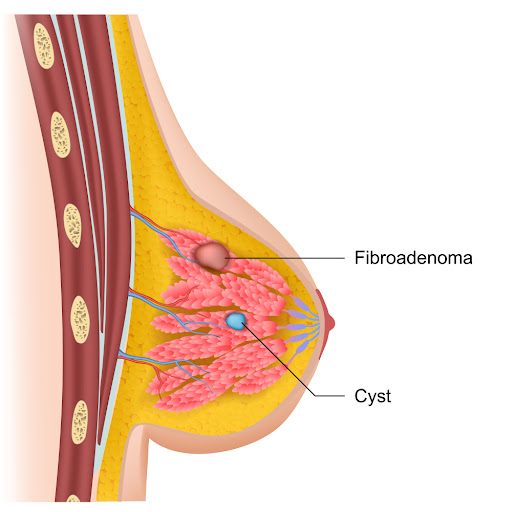
What causes bilateral fibroadenoma?
The exact cause of fibroadenomas is unknown. It is thought that the hormone estrogen may play a part in the formation of the tumor. Ingestion of oral contraceptives before the age of 20 has also been associated with an increased risk of developing fibroadenomas. The tumors resolve eventually without any intervention. A fibroadenoma often grows slowly; the average size is about an inch. The tumors grow in size during pregnancy and shrink afterward, and when the individual attains menopause, the fibroadenoma also shrinks in size.
What are the types of fibroadenoma?
They include:
- Simple fibroadenoma – They are the most common; they do not tend to increase the individual’s risk for breast cancer. They are also very identical when viewed under the microscope.
- Complex fibroadenoma – These tumors also include macrocysts, which are large enough to feel or see without a magnifying glass and are filled with fluid. They may also contain calcium deposits. These complex fibroadenomas can slightly increase the individual’s risk of breast cancer.
- Phyllodes tumors – They are made up of similar tissues as fibroadenomas, but they have a different appearance under the microscope. Phyllodes typically have features that are associated with growing faster. Most phyllodes tumors are also benign, but some have the ability and may be cancerous. The tumors are also painless.
How is bilateral fibroadenoma diagnosed?
The first step is a physical examination of the breasts and this includes palpations. A breast ultrasound or mammogram imaging test may also be requested. A breast ultrasound involves lying back on a table while a handheld device (transducer) is moved over the skin of the breast which creates an image on the screen. A mammogram is an X-ray of the breast which is taken with the breast being compressed between two flat surfaces. A biopsy may also be required. This is where a fine needle is inserted into the breast, collecting some of the tissue for testing. The tissue is then sent to a lab to be examined under the microscope so the type of fibroadenoma and if it is cancerous can be identified.
How is bilateral fibroadenoma treated?
Receiving a positive diagnosis of a fibroadenoma does not necessarily warrant that it has to be removed. Depending on the symptoms experienced, the personal concerns, and the family medical history of the patient, a decision would then be made on whether it should be removed. Fibroadenomas that do not grow and are benign are usually closely monitored with clinical breast examinations, ultrasound, and mammograms. The decision to have the fibroadenoma removed will be based on the following:
- If it causes pain
- If there is a history of cancer
- If it affects the natural shape of the breast
- If the results of the biopsies are unclear
It is also possible for the fibroadenoma to grow back after its removal; more than one can even grow. Treatments for juveniles are about the same as those for adults, but a more conservative route is usually favored for them.
Surgery:

Surgery may be needed to remove fast-growing fibroadenomas. When deciding on surgical removal, the following should be considered:
- Surgery can alter the shape of the individual’s breast
- Fibroadenomas sometimes shrink on their own
- Fibroadenomas may remain as they are, unchanged
The standard of care for large fibroadenomas and phyllodes tumors is surgery. The procedures involved in removing a bilateral fibroadenoma include:
- Cutting it out – It is also called a surgical excision. The surgeon uses a scalpel to remove the entire fibroadenoma. The process is also repeated on the opposite breast
- Freezing it – In this procedure, a thin device that is wand shaped is inserted into the breast to reach the fibroadenoma. The device then gets very cold and freezes the tissue which destroys the fibroadenoma. However, this technique is not available at all hospitals.
In the instance that a lump returns after the removal, it is important to inform the healthcare provider early enough. This will enable them to run tests on the lump to determine if it is a fibroadenoma or a new breast condition.
Are there any ways to prevent fibroadenomas?
There is nothing that can be done to lower an individual’s risk of getting fibroadenomas. However, certain steps can be taken to reduce the risk of getting breast cancer and detect it early enough when it is easier to handle. These steps include:
- Going for regular breast screenings
- Abstaining from alcohol or drinking moderately
- Quitting smoking
- Regular self-examination of the breasts
- Maintaining a healthy weight
- Eating healthy
Prognosis
Most individuals with bilateral fibroadenomas do not develop breast cancers. It is still important, however, to follow the recommended screening schedule set by the health care provider and promptly report any changes in the breasts.
Living with a fibroadenoma
Due to the slight risk of the development of breast cancer, the individual should have regular checkups with their health care provider and schedule regular mammograms if they have been diagnosed with fibroadenoma. They should also have regular breast self-examinations and make it part of their routine. They should immediately contact their doctor in the instance of any change in the size or shape of the already existing fibroadenoma.








